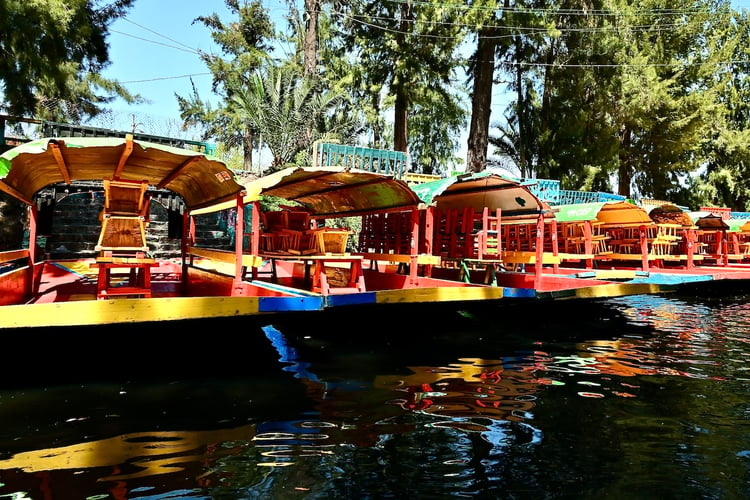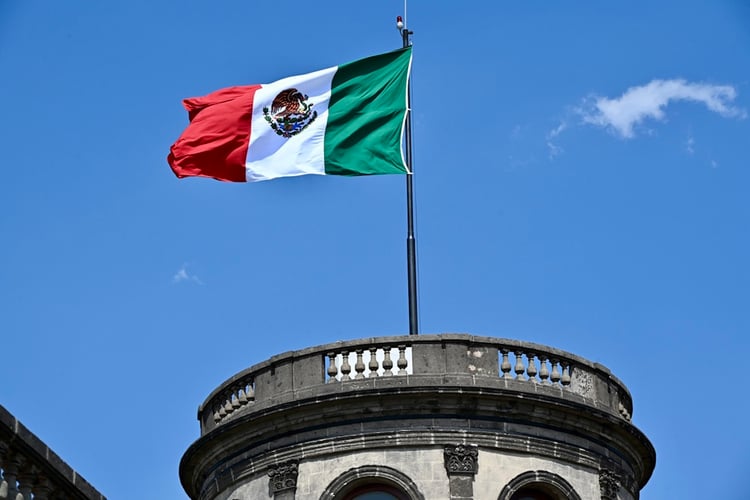
Mexico Travel Guide:
Step into the world of Mexico! All you need for planning your dream trip to Mexico is right here. From important Mexico travel tips, to a sample itinerary, and suggested destinations within Mexico - Jetset Seeker has you covered!
Welcome to our Comprehensive Mexico Travel Guide
Welcome to our Mexico travel guide, your ultimate resource for exploring the land of the Mayans and Aztecs! In this comprehensive Mexico travel guide, we'll take you on a journey through the vibrant cities, iconic ancient ruins, and breathtaking landscapes that define this diverse country. Whether you're a first-time visitor or a seasoned traveler, our Mexico travel guide has everything you need to plan an unforgettable adventure. So pack your bags and get ready to immerse yourself in the rich culture and natural wonders of Mexico with our Mexico travel guide!
Mexico Travel Guide: The Lowdown
Mexico Travel Guide: When to Visit
Curious about the optimal time to visit Mexico? Truthfully, anytime is ideal! Below are our insights on what each season has in store for your unforgettable journey.
Winter: Peak Season
Visiting Mexico in winter offers pleasant weather and is peak tourist season, particularly in popular destinations like Cancún, Puerto Vallarta, and Los Cabos, where travelers flock to enjoy warm temperatures and escape colder climates elsewhere. It is an ideal time for beach vacations and enjoying outdoor activities. However, it is also important to book accommodations and activities in advance, as the influx of tourists can lead to crowded attractions and higher prices.
Spring: Spring Break Crowds
Compared to the peak tourist season in winter, spring tends to be less crowded. This can mean more relaxed visits to popular attractions and potentially better deals on accommodations. Spring brings moderate temperatures to many parts of Mexico. It is a great time to explore without the extremes of heat or rain, although weather conditions can vary by region.
The obvious exception is spring break (March through early April), which can bring crowds to popular tourist destinations in Mexico, especially coastal areas and beach resorts. Places like Cancún, Puerto Vallarta, and Cabo San Lucas often see an influx of college students and young travelers during this time, attracted by the warm weather, vibrant nightlife, and party scene. The increase in visitors during spring break can lead to crowded beaches, packed bars and clubs, and higher prices for accommodations and activities. If you're planning to visit Mexico during spring break and prefer a more relaxed atmosphere, consider exploring less touristy areas or booking accommodations away from the main party hubs.
Summer: Low Season
Summer in Mexico can be hot and humid, especially in coastal areas and low-lying regions. Temperatures can soar, so be prepared for intense heat and occasional rain showers, particularly in tropical areas. Summer is considered the low tourist season in many parts of Mexico, except for beach destinations like Cancún and Puerto Vallarta, which still attract visitors seeking sun and sand. This means fewer crowds and potentially lower prices on accommodations and activities in other regions.
The Pacific coast and the Yucatán Peninsula experience their rainy seasons during summer. While rain showers can provide relief from the heat, they may also lead to temporary disruptions in outdoor activities and transportation. Coastal areas in Mexico, especially on the Caribbean side, are susceptible to hurricanes during the summer months. Travelers should stay informed about weather forecasts and any potential storm warnings.
Fall: Shoulder Season
Fall is generally considered the shoulder season for tourism in Mexico, meaning fewer crowds compared to the peak winter and spring months. This can result in more manageable crowds at popular attractions and potentially lower prices for accommodations and activities. Fall also typically brings milder temperatures compared to the summer months, making it a comfortable time to explore many regions of Mexico.
Coastal regions of Mexico, particularly along the Caribbean coast, may still experience hurricanes and tropical storms in the early fall months. Travelers should stay informed about weather forecasts and any potential storm warnings, especially if visiting coastal areas during this time.
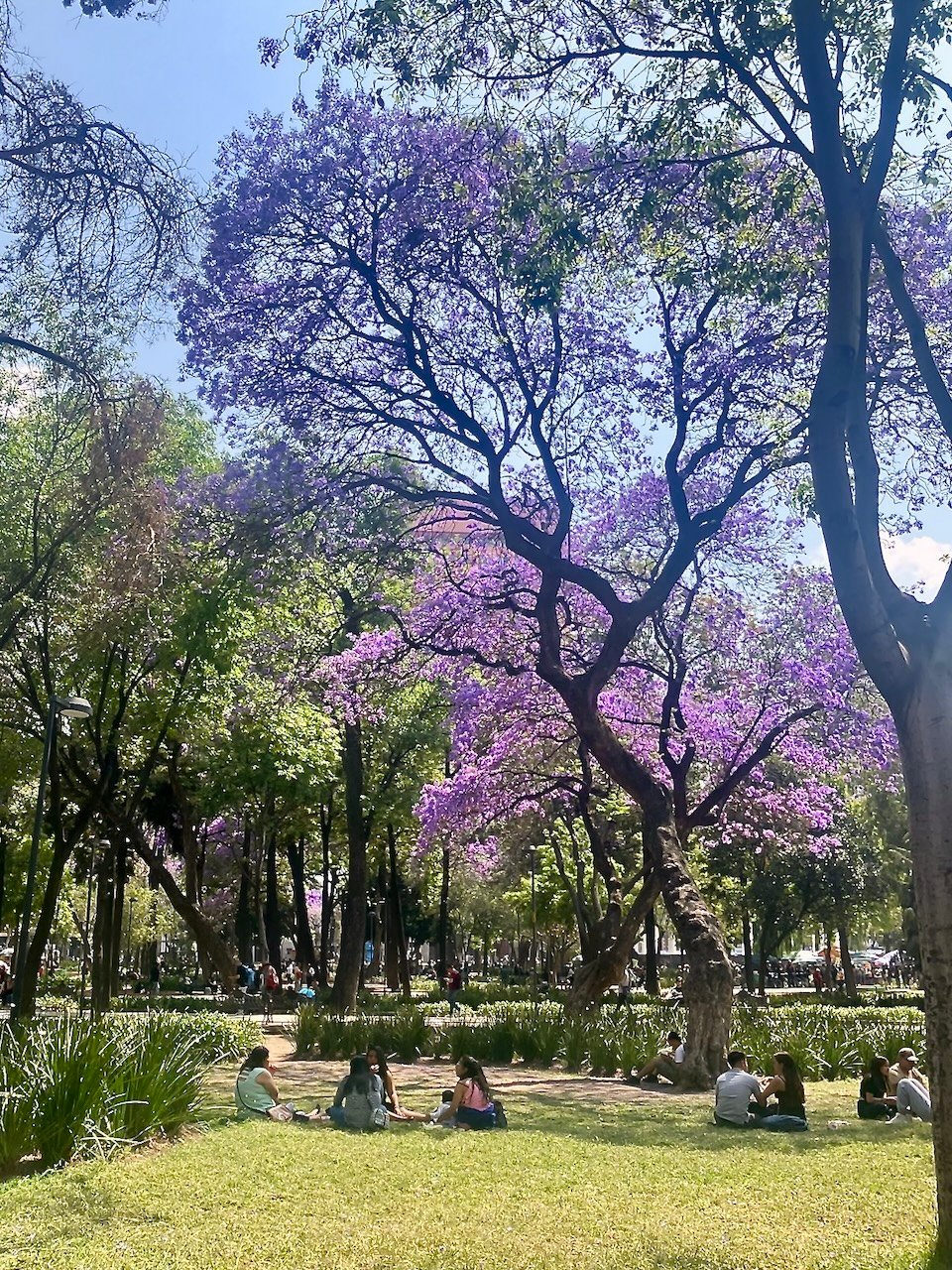
Mexico Travel Guide: Money
Wondering about currency and money matters in Mexico? Don't fret! Our guide has got you covered with all the essential information to navigate transactions smoothly during your travels.
Currency
Mexico's currency is the Mexican peso and it is denoted by the symbol $. The Mexican peso can also be denoted as "MX$" to distinguish it from other currencies that also use the "$" symbol.
The Mexican peso comes in both coins (centavos) and bills. There are 100 centavos in one peso. The smallest denomination is the $0.05 coin, followed by $0.10, $0.20, $0.50, $1, $2, $5, $10, and $20 coins. For bills, denominations include $20, $50, $100, $200, $500, and $1,000. Among these, $200 and $500 bills are the most commonly dispensed from ATMs.
Keep Cash On Hand
Many small shops, restaurants, museums, taxis, and markets are cash-only in Mexico. While credit and debit card usage has been increasing over the years, cash is still the primary method of payment for most Mexicans. Unless you are staying exclusively at a large resort, you will need cash during your time in Mexico.
In many of the popular port cities (i.e., Cozumel), shops and restaurants will accept cash payment in USD, although do not be surprised if you recieve change in Mexican pesos.
ATMs
ATMs are widely available in Mexico, especially in urban areas and tourist destinations. They dispense Mexican pesos, and most accept international debit and credit cards. The most reputable ATMs are those operated by the larger banks in Mexico. Look for ATMs operated by BBVA, Banamex, Banco Santander, Banorte, and HSBC.
ATMs will almost always give you the best exchange rates. However, remember to hit decline if you want to accept the ATM's exchange rate. You are always better off with the current exchange rate that your home bank will give you.
Credit Cards
Credit cards are widely accepted throughout Mexico, particularly at hotels, resorts, department stores, and at shops and restaurants in larger cities. When accepted, you can typically use American Express, Visa, Mastercard, and/or Discover Card.
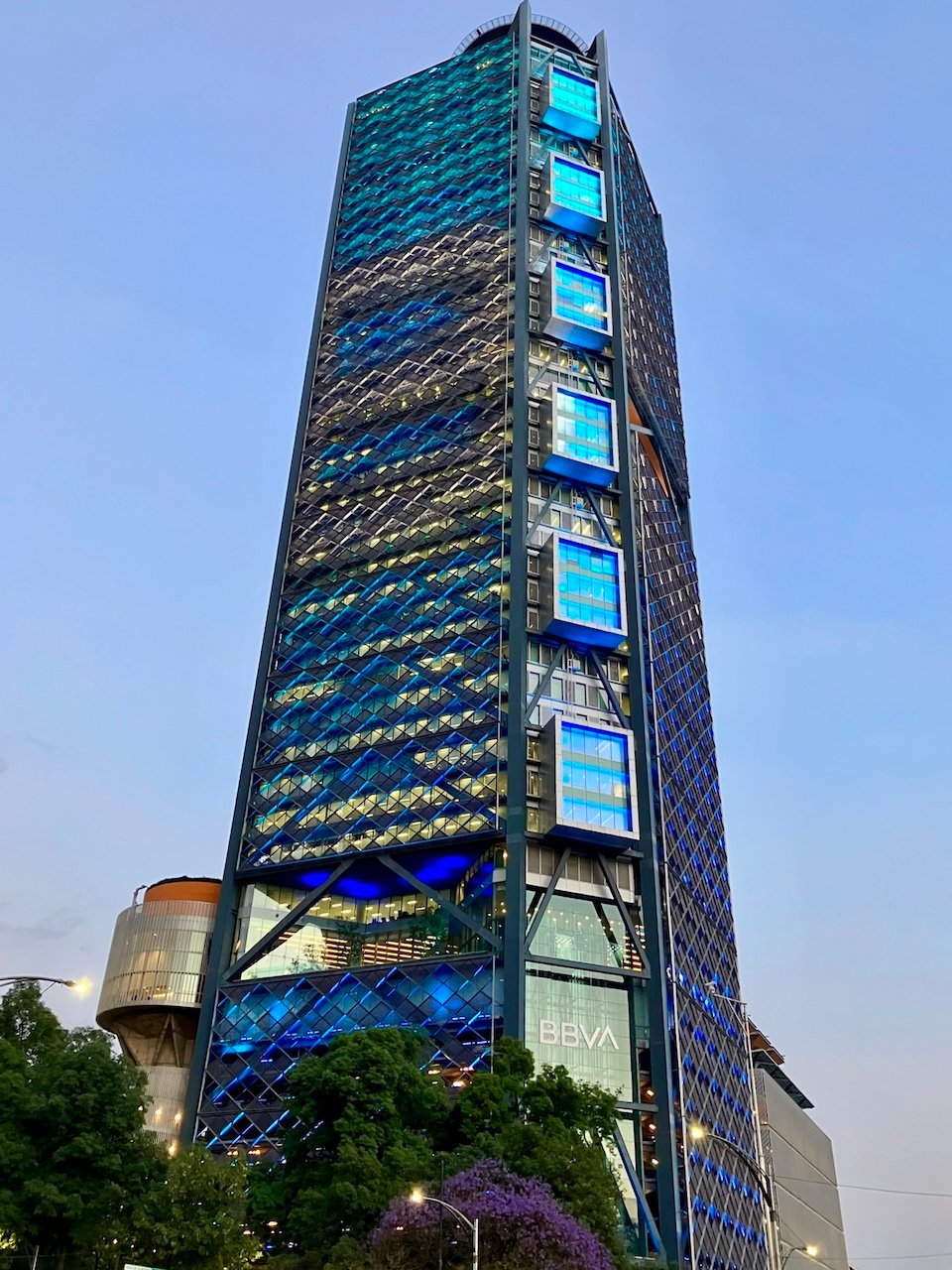
Mexico Travel Guide: Language
Learning a few key words in the native language of the country you are visiting before your trip is always a meaningful gesture of respect for the people and country you are visiting. By making the effort to communicate in the local language, you demonstrate your appreciation for the culture and enhance your travel experience. To help you on your journey, here is a list of key words and phrases you should familiarize yourself with before traveling to Mexico.
Spanish Key Words & Phrases
Hola (ow-laa) - Hello
Adiós (aa-dee-ows) - Goodbye
Gracias (graa-see-uhs) - Thank You
Perdón (pear-dohn) - Excuse Me
Por Favor (por fa-bor) - Please
Si (see) - Yes
No (no) - No
¿Puedo pagar con tarjeta? (pwe-dogh pa-gar cone tar-heh-tah) - Can I pay with card?
¿Hablas inglés? (ah-blahs een-glehs) - Do you speak English? (Informal)
Translation Apps
While traveling throughout Mexico, you will find that many locals have decent proficiency in English, especially in the tourist-heavy areas. However, navigating menus or other texts may require translation assistance. During our travels, we found Google Translate, particularly its Google Lens feature within the app, to be invaluable. This tool facilitated seamless communication and comprehension. You can even pre-download the app and the Spanish language pack for offline use, ensuring access even without WiFi or cellular data.
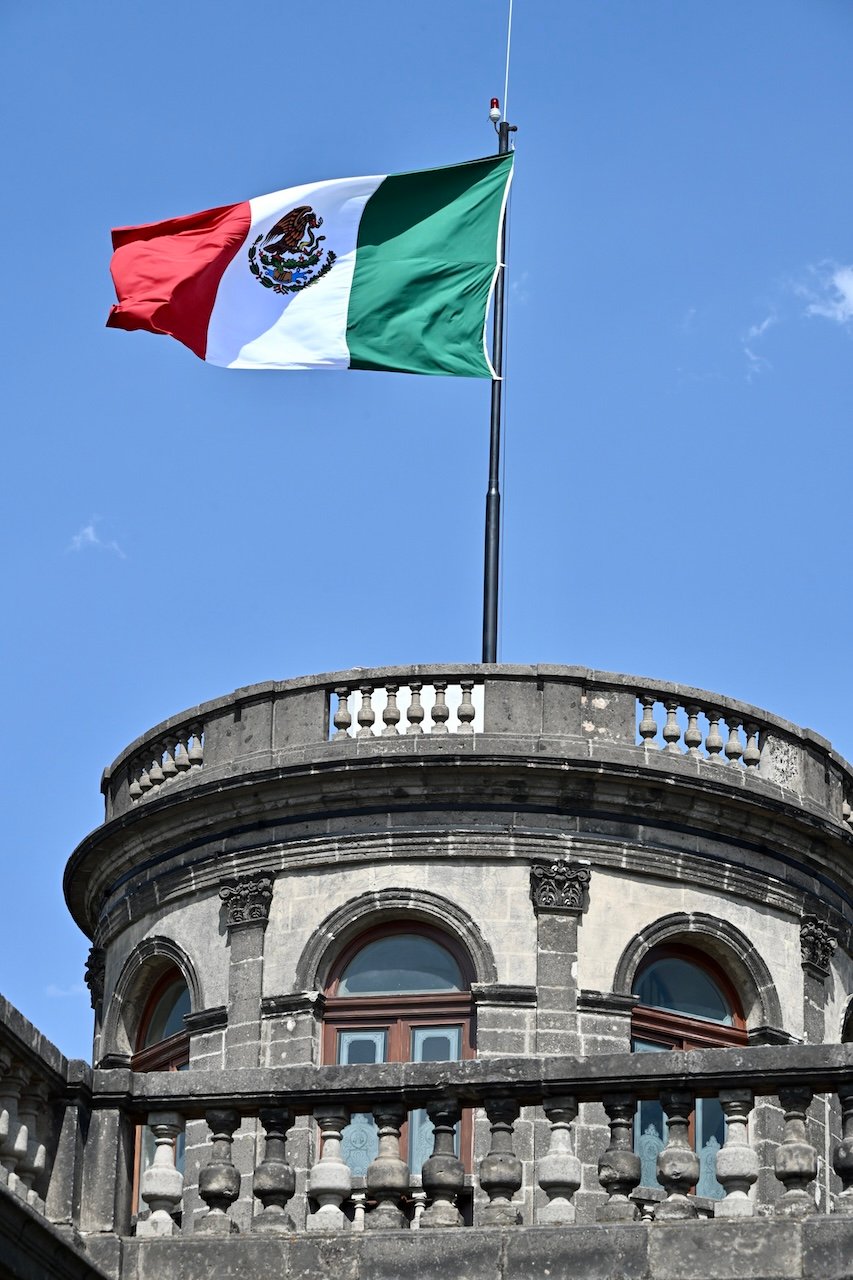
Mexico Travel Guide: Shopping
Shopping in Mexico offers a diverse and vibrant experience, with a wide range of products reflecting the country's rich culture and craftsmanship.
Bargaining:
Bargaining, or haggling, is a common practice in Mexico, especially in markets, street stalls, and smaller shops. Before you express interest in buying something, make sure you know a fair price for the item you are looking to purchase. You can ask other vendors or observe prices at different stalls to gauge a reasonable price range. Always remember to keep your negotiations respectful.
Something we have done in the past that normally works best is if you are purchasing multiple items from the same vendor, try bundling them together for a discounted price. Sellers may be more inclined to offer a better deal when selling multiple items at once.
Popular Souvenirs:
Mexico offers a wide variety of unique and artisan-made souvenirs that capture the essence of the country's heritage. Here are some of the most popular souvenirs from Mexico:
- Pottery: Mexico offers a diverse range of pottery styles from different regions, each with its own distinctive techniques and designs. Look for traditional clay pots, vases, and decorative ceramics adorned with indigenous patterns and motifs.
- Textiles: Traditional Mexican textiles, such as woven blankets, embroidered dresses (huipil), and colorful sarapes, are popular souvenirs. These textiles often feature intricate patterns and vibrant colors that reflect indigenous and regional traditions.
- Silver Jewelry: Mexico is renowned for its silver craftsmanship, and you can find a wide range of silver jewelry, including rings, earrings, bracelets, and necklaces, adorned with intricate designs and semi-precious gemstones.
- Folk Art: Mexican folk art encompasses a wide range of crafts, including barro negro (black clay pottery) from Oaxaca, hand-painted ceramics, papel picado (paper cut-outs), and alebrijes (colorful wooden carvings of fantastical creatures). These pieces showcase Mexico's rich cultural heritage and artistic traditions.
- Mexican Spices: Popular choices include Mexican vanilla, chili powder, mole paste, and hot sauces. You can also find decorative molcajetes (stone mortar and pestle) for grinding spices.
- Tequila & Mezcal: Tequila and mezcal are iconic Mexican spirits made from the agave plant. Look for high-quality bottles of tequila (made from blue agave) and mezcal (made from various types of agave) to enjoy a taste of Mexico.
- Leather Goods: Mexico is renowned for its leather craftsmanship, offering a diverse selection of high-quality leather goods like handbags, wallets, belts, and shoes, along with the unique appeal of iguana leather products, all available in markets and leather shops throughout the country.
- Mexican Chocolate: Mexico produces excellent chocolate! Look for chocolate bars made from high-quality cacao beans, often infused with traditional Mexican flavors like cinnamon and chili.
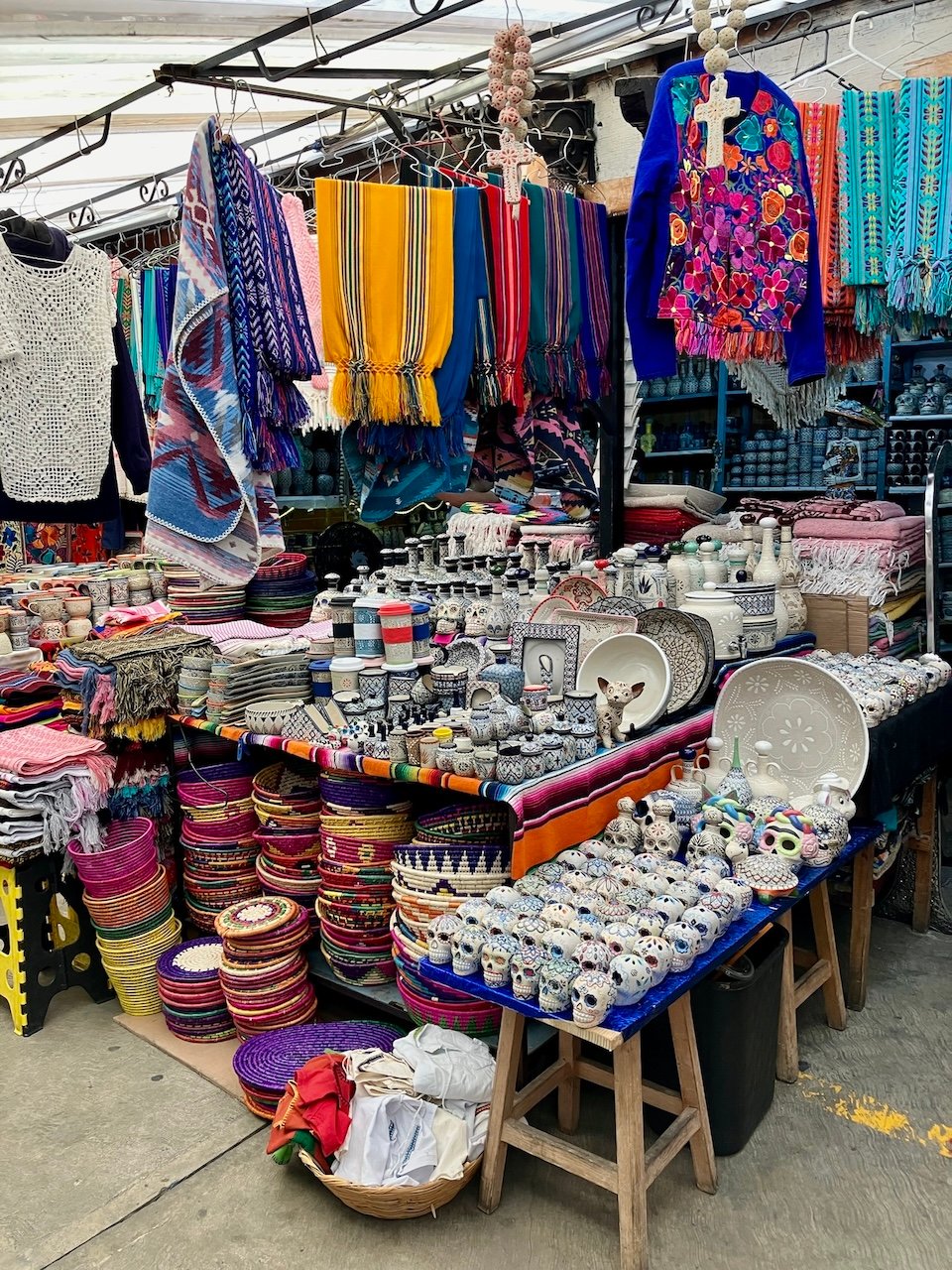
Mexico Travel Guide: Airports
Main Airports
Mexico has ten main, international airports that tourists frequent:- Aeropuerto Internacional Benito Juárez (MEX) - Serving the capital city, Mexico City International Airport is the busiest airport in Mexico and a major hub for domestic and international flights.
- Aeropuerto Internacional de Cancún (CUN) - Located in the popular resort city of Cancún, the airport is the gateway to the stunning beaches and tourist attractions of the Riviera Maya and the Yucatán Peninsula.
- Aeropuerto Internacional de Los Cabos (SJD) - Serving the resort destinations of Cabo San Lucas and San José del Cabo in Baja California Sur, this airport welcomes tourists to the beautiful beaches and luxury resorts of the region.
- Licenciado Gustavo Díaz Ordaz International Airport (PVR) - Located in the state of Jalisco, Puerto Vallarta International Airport serves as a gateway to the popular beach destinations of Puerto Vallarta and Riviera Nayarit.
- Aeropuerto Internacional de Guadalajara Miguel Hidalgo y Costilla (GDL) - Serving Mexico's second-largest city, Guadalajara International Airport is an important transportation hub and provides access to the cultural attractions and culinary delights of the region.
- Aeropuerto Internacional de Tijuana General Abelardo L. Rodríguez (TIJ) - Located near the US-Mexico border, Tijuana International Airport serves as a convenient entry point for travelers visiting Tijuana and the surrounding region.
- Aeropuerto Internacional General Mariano Escobedo (MTY) - Serving the city of Monterrey in the state of Nuevo León, this airport provides access to the vibrant business district, cultural attractions, and outdoor adventures of northern Mexico.
- Aeropuerto Internacional de Mérida Manuel Crescencio Rejón (MID) - Located in the state of Yucatán, Mérida International Airport serves as a gateway to the colonial charm, archaeological sites, and natural wonders of the Yucatán Peninsula.
- Aeropuerto Internacional de Puebla Hermanos Serdán (PBC) - Serving the city of Puebla and its surrounding region, this airport provides access to the historic landmarks, cultural heritage, and culinary delights of central Mexico.
- Aeropuerto Internacional de Oaxaca Xoxocotlán (OAX) - Located in the state of Oaxaca, this airport serves as a gateway to the colonial architecture, indigenous cultures, and vibrant arts scene of southern Mexico.
Mexico Travel Guide: Crime & Safety
While most of Mexico offers a safe environment for tourists, certain regions grapple with the presence of cartels and instances of violent crime, posing potential risks such as targeted attacks on tourists, including kidnapping, carjacking, robbery, and even death. As such, it is advisable to stay informed about current safety concerns in Mexico.
U.S. Department of State Travel Advisories & STEP
Before embarking on a trip to Mexico, check with the U.S. Department of State for any travel advisories for Mexico. Current travel advisories, including states to avoid within Mexico due to increased risk can be found on the U.S. Department of State website.
If you are traveling to Mexico, consider registering your travel with the U.S. Department of State. The Smart Traveler Enrollment Program (STEP) is a free service for U.S. citizens and nationals to register their trip with the nearest U.S. embassy or consulate. Your travel plans can be easily registered online via the STEP website. Doing so, allows you to receive important safety information during your travels and can help the U.S. embassy contact you in the event of an emergency.
Safety Tips to Keep in Mind
When traveling to Mexico, we recommend taking the following precautions:
- Avoid displaying valuables openly or displaying any signs of wealth, particularly watches and fine jewelry
- Stay in well-lit and populated areas
- Opt for reliable transportation options; as not all taxis can be trusted in Mexico, consider having your hotel or resort arrange your transportation or opt for using a ridesharing app (i.e., Uber, DiDi, Cabify)
- Be extra vigilant when visiting banks or ATMs and only withdraw cash during daylight hours
- If you need to drive, stick to toll roads when possible and avoid driving at night
- Exercise caution and stay aware of your surroundings when visiting bars, nightclubs, and casinos
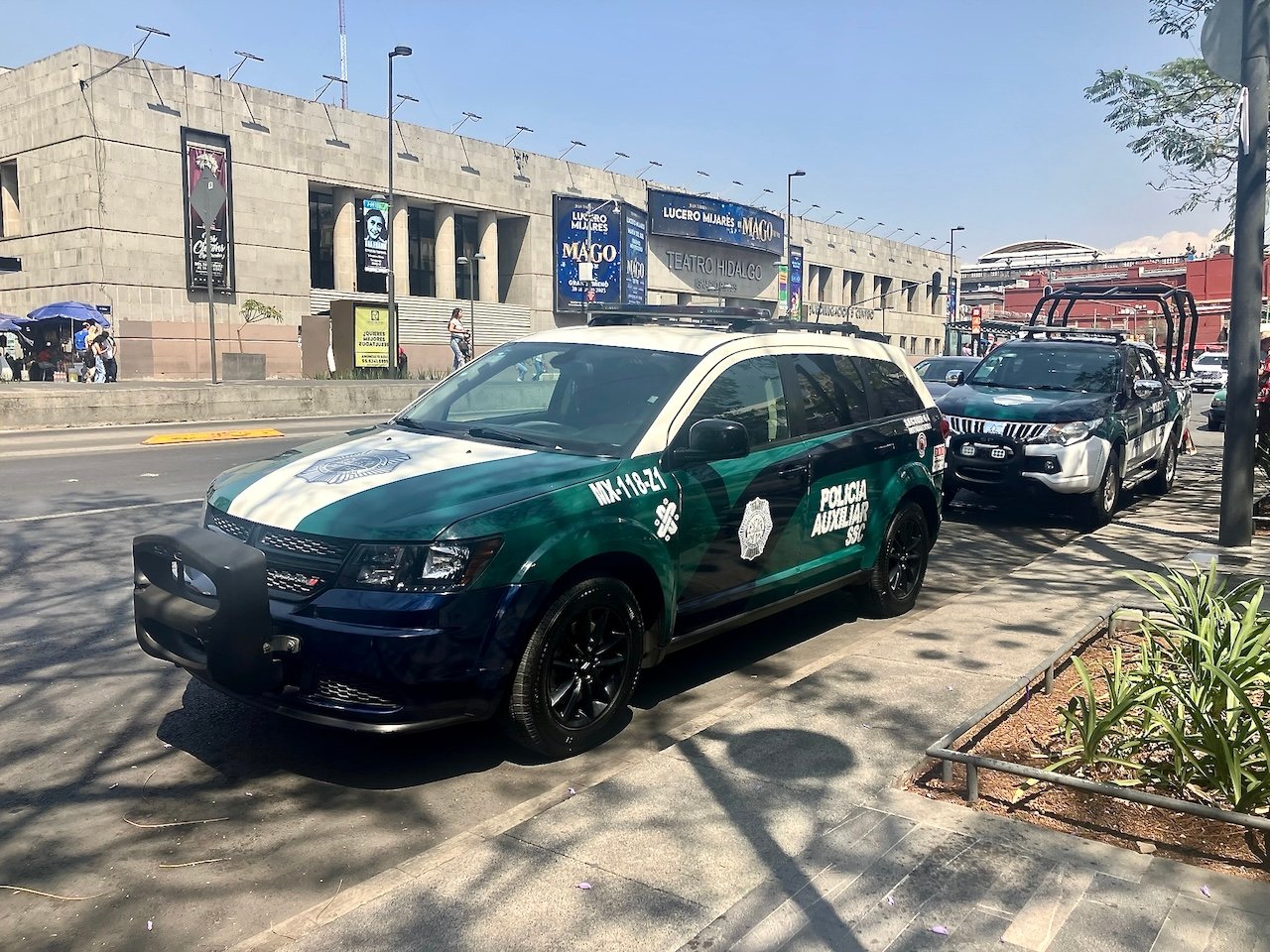
Mexico Travel Guide: Additional Information
Montezuma's Revenge (Traveler's Diarrhea)
"Montezuma's Revenge" is a colloquial term used to describe a type of traveler's diarrhea or gastrointestinal illness that some people experience when visiting Mexico (and other countries with different food, water, and sanitation standards than their home country). It is characterized by symptoms such as diarrhea, stomach cramps, nausea, vomiting, and fever.
The name "Montezuma's Revenge" is derived from the Aztec ruler Montezuma II, who ruled over the Aztec Empire when Spanish conquistadors led by Hernán Cortés invaded Mexico in the early 16th century. According to legend, Montezuma cursed the foreign invaders, leading to the belief that his vengeance lives on in the form of gastrointestinal illness experienced by modern-day visitors to Mexico.
Preventing Montezuma's Revenge involves practicing good hygiene, such as washing hands frequently, avoiding tap water and ice cubes, consuming only bottled or purified water, and being cautious with food choices, particularly street food, fresh fruit and vegetables washed in water, and raw or undercooked dishes.
Tipping Culture
Bars & Restaurants
Tipping is a part of Mexican culture. In most restaurants and bars, is it common to leave a tip ranging between 10-20%. The higher end of the tipping range is typically reserved for higher end establishments, hotels, and resorts.
Some restaurants may automatically add a service fee onto your bill, so double-check to ensure you are not tipping twice. A service fee should be labeled as such. If you see IVA on your bill, that is added tax and not a service charge.
Otherwise, as a rule of thumb, you can tip bartenders $20 MX per drink which is the equivalent of about $1.20 USD. Tipping should be done in cash.
Street Food
For street food, tipping is not expected or required, but it is common to round-up and have the street food vendor keep the change.
Taxis
Unlike in the United States, taxi drivers do not expect a tip in Mexico. However, if you have luggage, it is polite to tip them $10-20 MX per bag (roughly $0.60-$1.20 USD).
Hotels
It is common to tip a luggage porter at your hotel or resort somewhere between $40-50 MX (or $2.35-$3.00 USD).
Certain all-inclusive resorts may already include gratuities in their resort fee, so be sure to double-check before jetting off on your trip.
Electrical Outlets & Voltage
In Mexico, the standard electrical outlets and voltage are similar to those in the United States and Canada. The outlets are Type A and Type B, with Type A being the most common. Type A outlets feature two parallel flat pins, while Type B outlets also include a third round grounding pin. The standard voltage in Mexico is 127 volts, with a frequency of 60 hertz (Hz). This voltage is compatible with most electronic devices and appliances used in North America. Travelers coming from the United States do not need a plug adapter or converter in order to use Mexican outlets.
Travelers from countries with different plug types, such as Type C (European) or Type G (British), will need a plug adapter to use their devices in Mexico. Additionally, devices designed for higher voltages (i.e., 220-240 volts) may require a voltage converter to avoid damage when used in Mexico.
Cellular Data & WiFi
Most hotels and resorts in Mexico offer WiFi. However, if you need service on the go you have a few options. (1) Check with your wireless provider to see if Mexico is included on your plan. Many phone plans in the United States include Canada and Mexico at no additional cost. (2) Consider purchasing a SIM card upon arrival. Prepaid SIM cards are inexpensive and can be purchased at most airports. (3) Purchase an eSIM before you depart. We often opt for eSIMs from Airalo when we travel internationally. You can purchase a 5 GB plan valid for 30-days for $32.50 USD. The eSIMs from Airalo are limited to data only; however, this still allows you to communicate via WhatsApp, easily get directions, utilize Google Translate, and surf the web.
••••••••••••••••••••••
Get $3 off your first eSIM data pack from Airalo. Use code LAUREN5219 when you sign up or apply it at checkout. You can also use the following referral link: https://ref.airalo.com/mk72 (To be fully transparent, when you use our referral code, we also get a $3 credit for Airalo.)
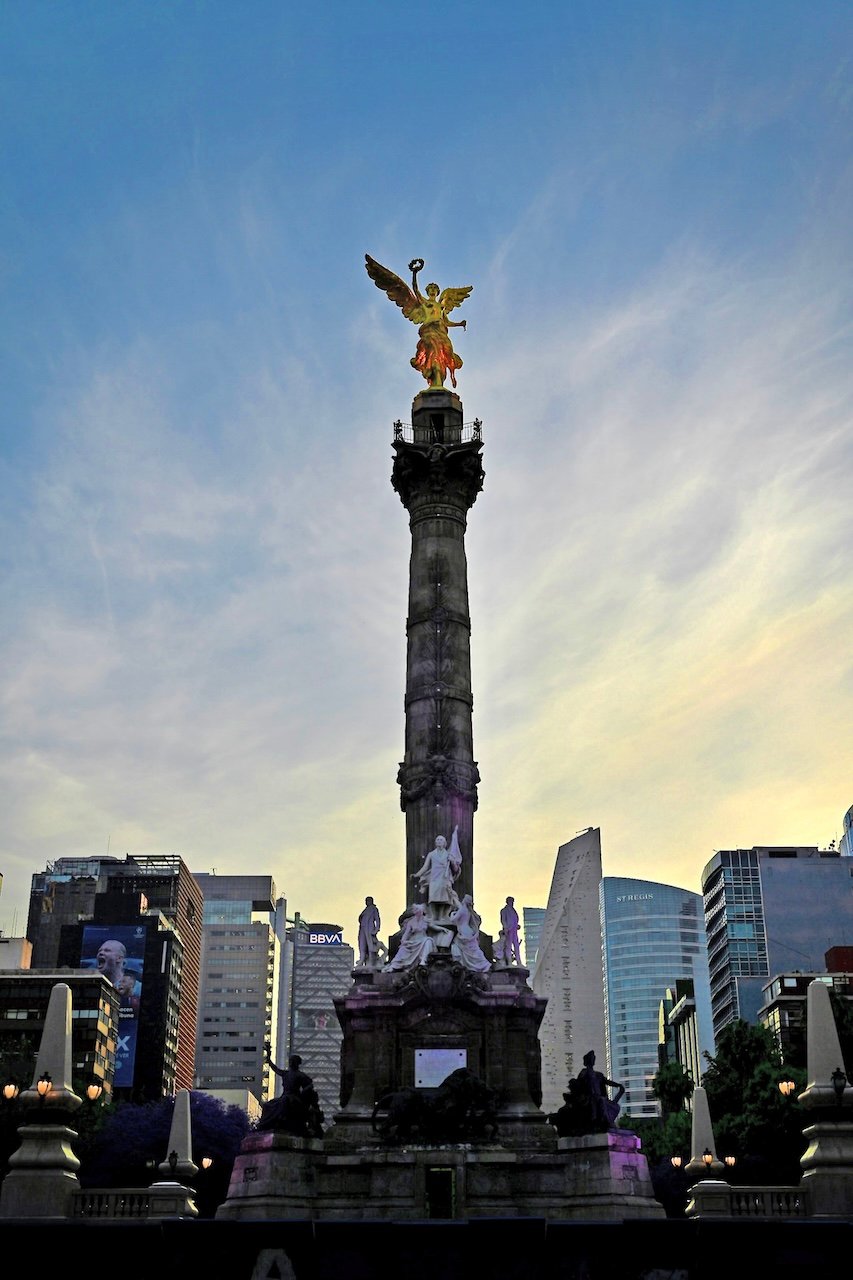


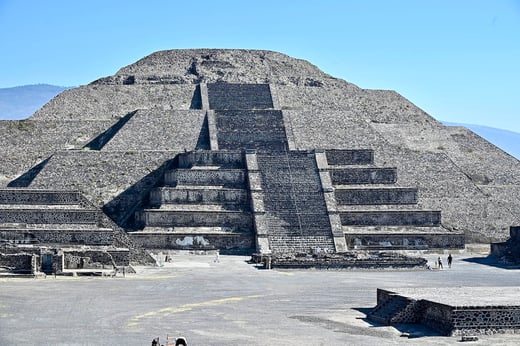
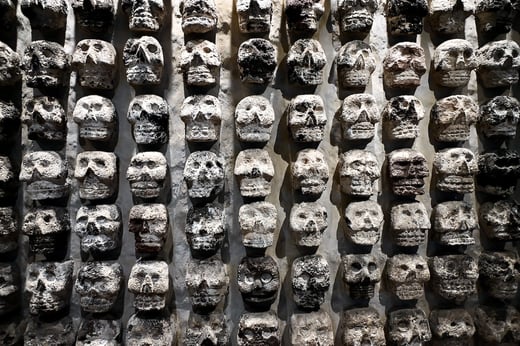
Our 5-Day Mexico City Itinerary
Alongside our comprehensive Mexico travel guide, we offer a sample itinerary crafted from our own experiences which we are sharing to help inspire your own travel plans! Feel free to use it as a starting point for crafting a memorable trip to Mexico City. We've included highlights, must-visit attractions, and recommendations based on our firsthand experiences to ensure you make the most of your time in this captivating country.
Trip Summary:
-
 4 Nights
4 Nights
-
 Day-Trips to Teotihuacan & Xochimilco
Day-Trips to Teotihuacan & Xochimilco
-
 Round-Trip Flights to Aeropuerto Internacional Benito Juárez (MEX)
Round-Trip Flights to Aeropuerto Internacional Benito Juárez (MEX)
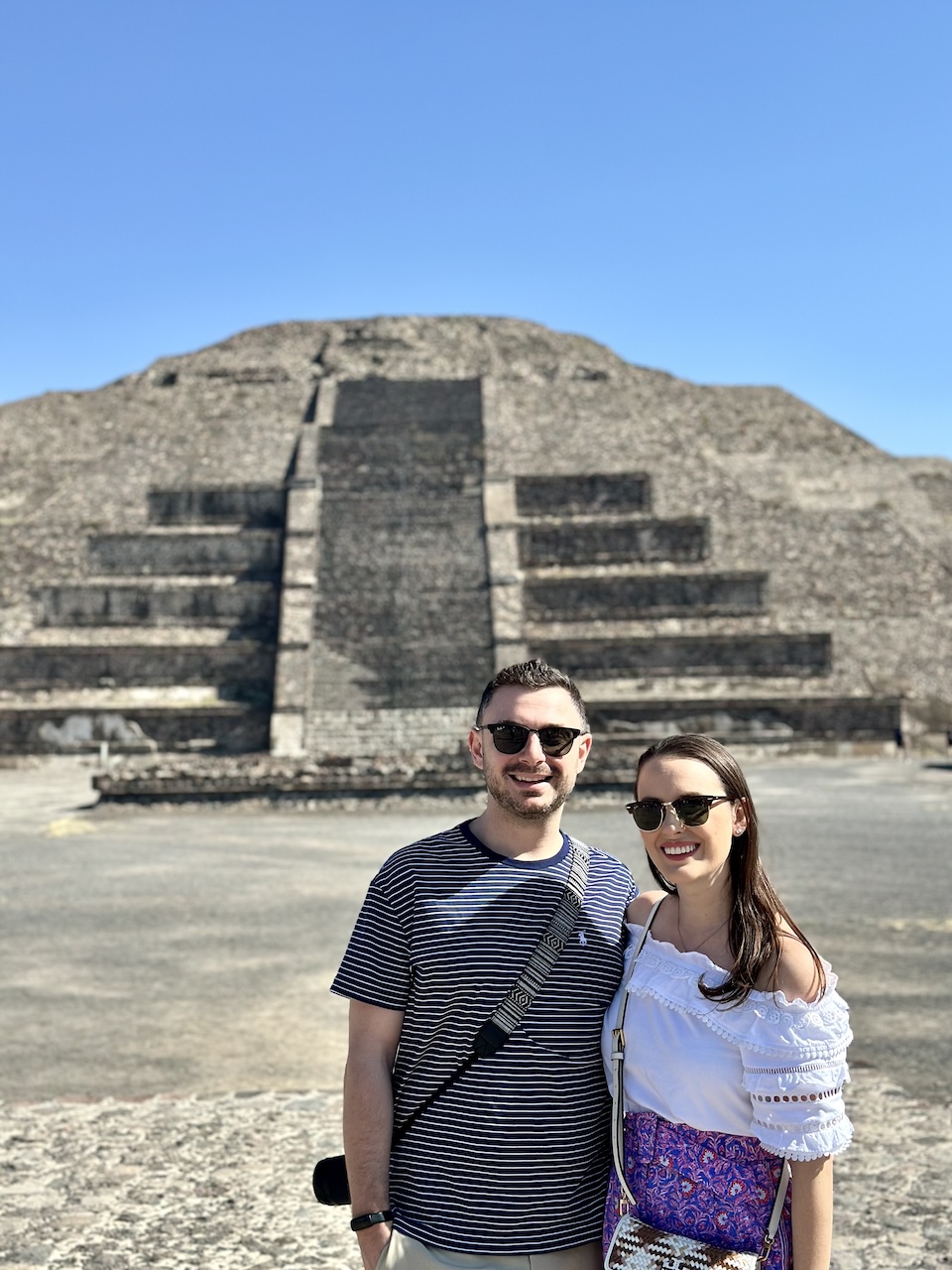
Our thoughts on Mexico
We are captivated by Mexico for countless reasons, each visit deepening our admiration for this vibrant country. From the stunning beaches of the Yucatán Peninsula, where the turquoise waters beckon with their serene beauty, to the lively streets of Mexico City, alive with culture and history, Mexico never fails to enchant us.
The Yucatán Peninsula is a fusion of relaxation and adventure, with opportunities for snorkeling and scuba diving in vibrant coral reefs (particularly off of Cozumel), exploring ancient Mayan ruins like Chichen Itza, and indulging in the freshest seafood. In contrast, Mexico City's bustling energy is a testament to the country's dynamic spirit, with its numerous markets, captivating museums housing treasures from pre-Hispanic civilizations to modern art movements, and a culinary scene that reflects the diverse flavors of the nation. Each corner of Mexico reveals a unique story, weaving together the threads of tradition, innovation, and natural beauty that leave an indelible mark on every traveler's heart.
Looking for more Mexico content?
Check out the Jetset Seeker Blog!
Our Mexico Travel Guides

Mexico City
Mexico City, a sprawling metropolis steeped in history. From its early days as Tenochtitlan to today's vibrant capital, CDMX blends tradition with modernity.
%20(1).png?width=3690&height=2079&name=Jetset%20Seeker%20Logo%20(Banner)%20(1).png)

